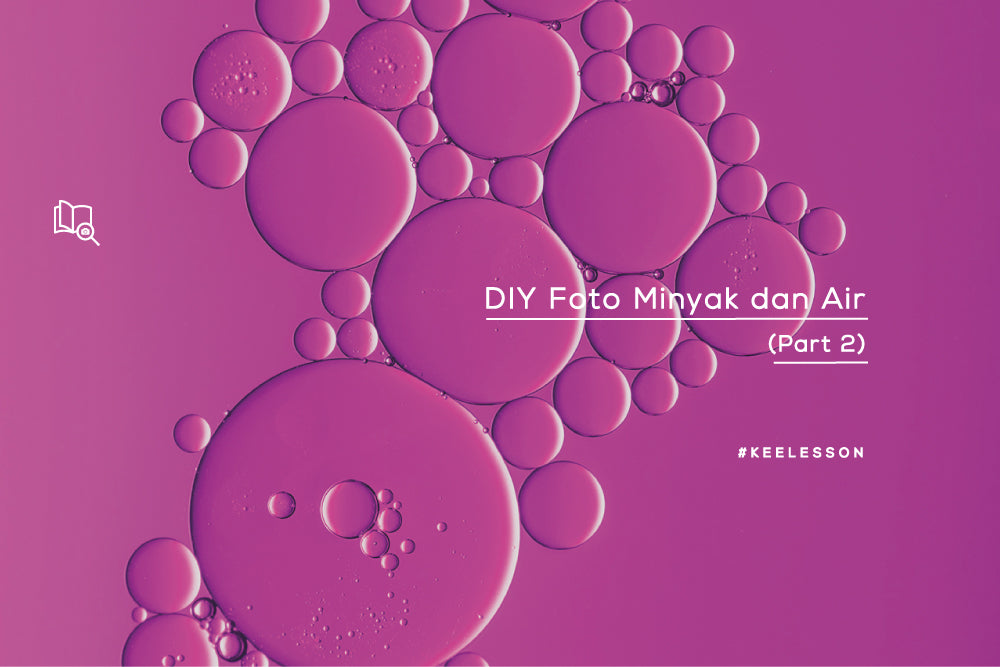6. Macro lens
You can also use a macro lens to get closer results and abstract textures from the combination of oil and water. A macro lens will be more useful when you want to crop your photo and only highlight part of it, if you use a regular lens the results will not be as good as macro. But you can still use lenses other than macro and get good results. Or you can also make your own macro lens with extension tubes or reverse rings.

Oil & Water' by That Macro Guy, Canon EOS 7D, 100mm, 1/125sec at f/2.8, ISO 100
7. Use the help of a tripod
You can use a tripod to take photos from above. A fairly low table position also helps make your position more comfortable.
8. Be careful with motion blur
According to photographer Dan Power, he usually uses shutter speed settings of 1/250 sec, f/2.8 and ISO 100. Because of the close distance between the lens and the oil, these settings are usually quite sharp. But the tendency of oil to move can cause motion blur in your photos.

'Water and Oil – Bubbles on the Dark Side' by Irene Carson, Nikon D90, 150mm, 1/8sec at f/9.5, ISO 200
9. Combination of natural light and flash
Don't always use natural light, you can also use flash light or combine the two. You can place the lamp quite far from the bowl and try several times until you find the right light.

'Water and Oil' by Rick Tremblay, Canon EOS 600D, 100mm, 1/500sec at f/2.8, ISO 100
10. Edit in the software
After the photo, you can edit your photo. Make it brighter, add contrast or add shadows so your photos look more dramatic.


